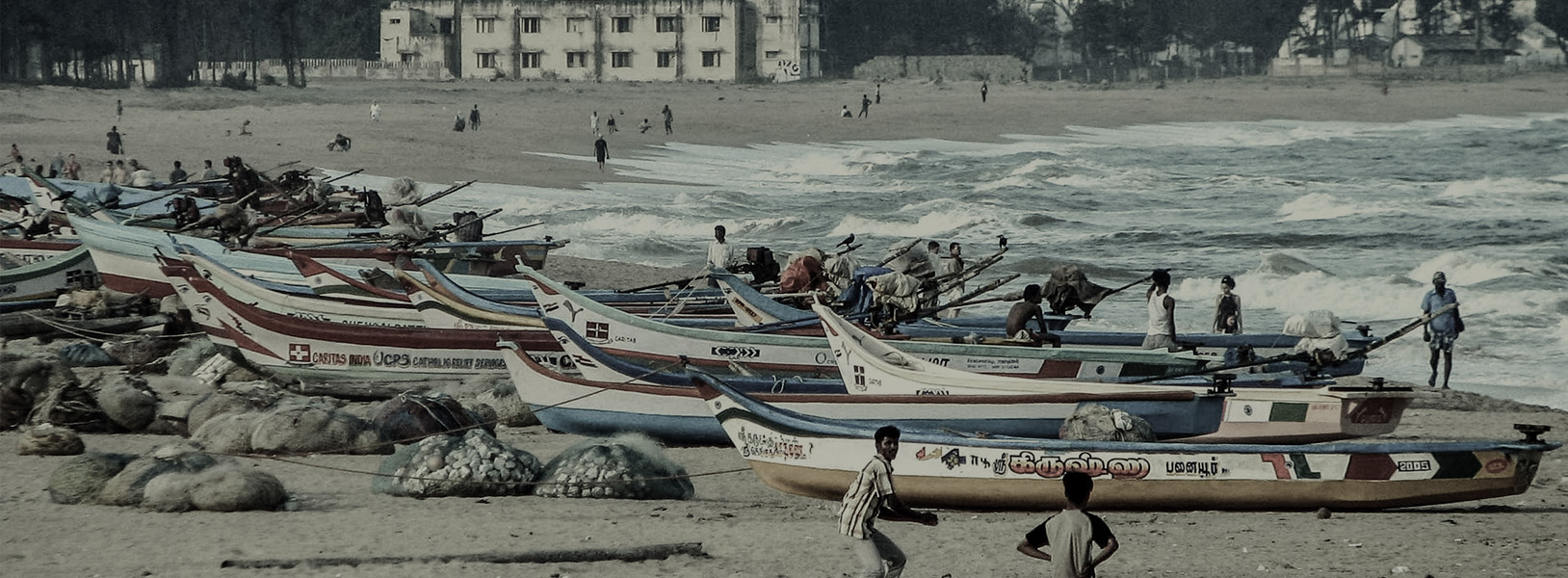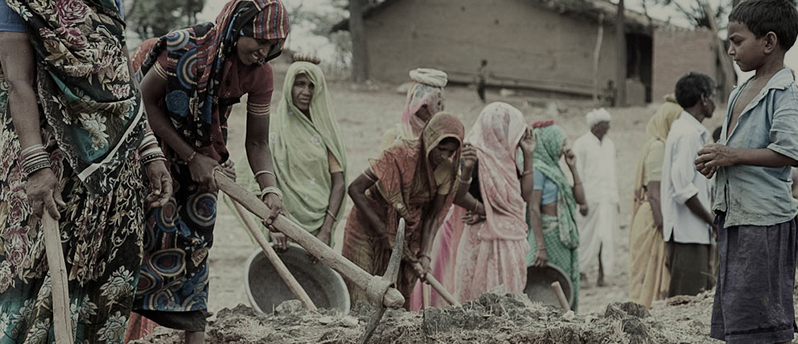Watch the full video (above) of the panel discussion on ‘Options for Afghanistan: The Trump Tweets and After’ featuring Saad Mohseni (Director, Moby Group); Tahir Qadiry (Chargé d’Affaires, Embassy of Islamic Republic of Afghanistan, New Delhi); Jayant Prasad (former Indian Ambassador to Afghanistan); Amar Sinha (Member, National Security Advisory Board and former Indian Ambassador to Afghanistan); Gautam Mukhopadhaya (Senior Visiting Fellow, CPR and former Indian Ambassador to Afghanistan); and chaired by Jyoti Malhotra (Editor, National and Strategic Affairs, ThePrint).
On September 9, 2019, a draft interim agreement, reached after nine rounds of talks between US Special Envoy for Afghanistan, Zalmay Khalilzad, and the Taliban was abruptly called off by President Trump through a tweet, ostensibly on account of the death of a US serviceman in a Taliban suicide attack. In the tweet, President Trump also revealed that he had secretly invited Taliban leaders and President Ghani separately to Camp David to clinch the talks under his personal supervision. This too was cancelled.
The talks, which the Afghan government has not been part of but has been regularly briefed on, centred primarily on a partial timetable for a withdrawal of US troops from five bases in Afghanistan within 135 days, and the kick-starting of intra-Afghan talks in two weeks as part of a composite package that the US maintains. This package includes guarantees that Afghan soil would not be used against the US, a comprehensive ceasefire, and intra-Afghan talks leading to a peace agreement between the two sides, and possibly an interim government. Its suspension took place against a background of a wave of violence in Afghanistan that included major offensives against key provincial capitals and suicide attacks in Kabul, weeks before a delayed Presidential elections scheduled for September 28, 2019.
The panel organised by CPR discussed the status and contents of US-Taliban talks, as well as the importance of the September 28 elections.
The question and answer session that followed can be accessed here.
The media coverage of the panel discussion can be read in ThePrint and The Hindu.
CPR scholars have closely followed these developments and analysed the geopolitical implications for India. Read the curated analysis below:
- Why India Must Support Free And Fair Elections In Afghanistan by Gautam Mukhopadhaya
Gautam Mukhopadhaya writes in Outlook India about the need to create a stable environment for the upcoming presidential elections in Afghanistan. Calling the USA’s proposed deal with the Taliban ‘a recipe for chaos’, Mukhopadhaya highlights that India must not hesitate in supporting the elections as that will be a huge morale booster for Afghans.
- In Afghan peace derailment, a wagon of hope by Gautam Mukhopadhaya
Gautam Mukhopadhaya writes in The Hindu about how ‘the suspension of US-Taliban talks has opened the space for the holding of Afghan presidential elections and a window of opportunity for the international community and India to reset their approach to peace and withdrawal.’ He highlights that the outcome of the election ‘could provide a stronger foundation for talks with the Taliban that are Afghan-led, Afghan-owned and Afghan-controlled, and not as dictated from Washington, Islamabad, Doha or Moscow.’
Gautam Mukhopadhaya also appeared in an interview with The Wire where he analysed Donald Trump’s decision to call off talks with the Taliban, highlighting what was wrong with the Khalilzad deal and what India should do next.
Gautam Mukhopadhaya appeared in an interview with Strategic News International analysing the stalling of US-Taliban talks. Additionally, Mukhopadhaya delivered a lecture on Democratisation in Afghanistan organised by The International Institute for Strategic Studies.
- US shouldn’t exit Afghanistan in haste by G Parthasarathy
In August 2019, G Parthasarathy wrote in The Hindu Business Line about how a phased out withdrawal of troops from Afghanistan will give the Afghan army and ethnic militia time to be well-armed and trained to face the Taliban. Parthasarathy further highlighted that if ‘Southern Afghanistan is destabilised, Pakistan’s own stability will face challenges from across the Durand Line.’
- The Uncongenial Zone: Donald Trump shows India the limits of friendship with the US by Brahma Chellaney
In July 2019, Brahma Chellaney wrote in DailyO about how Donald Trump’s Faustian bargain with the Pakistan-sponsored Taliban will seriously impinge on India’s regional interests and security, especially in the Kashmir Valley. Against the backdrop of Trump’s offer to mediate the Kashmir conflict and other actions such as barring oil shipments from Iran and raising India’s energy-import bill, expelling India from the US Generalised System of Preferences, and mounting a trade war to secure Indian concessions, Chellaney highlights that India should be deeply concerned about Trump putting India at risk by emboldening Pakistan.





